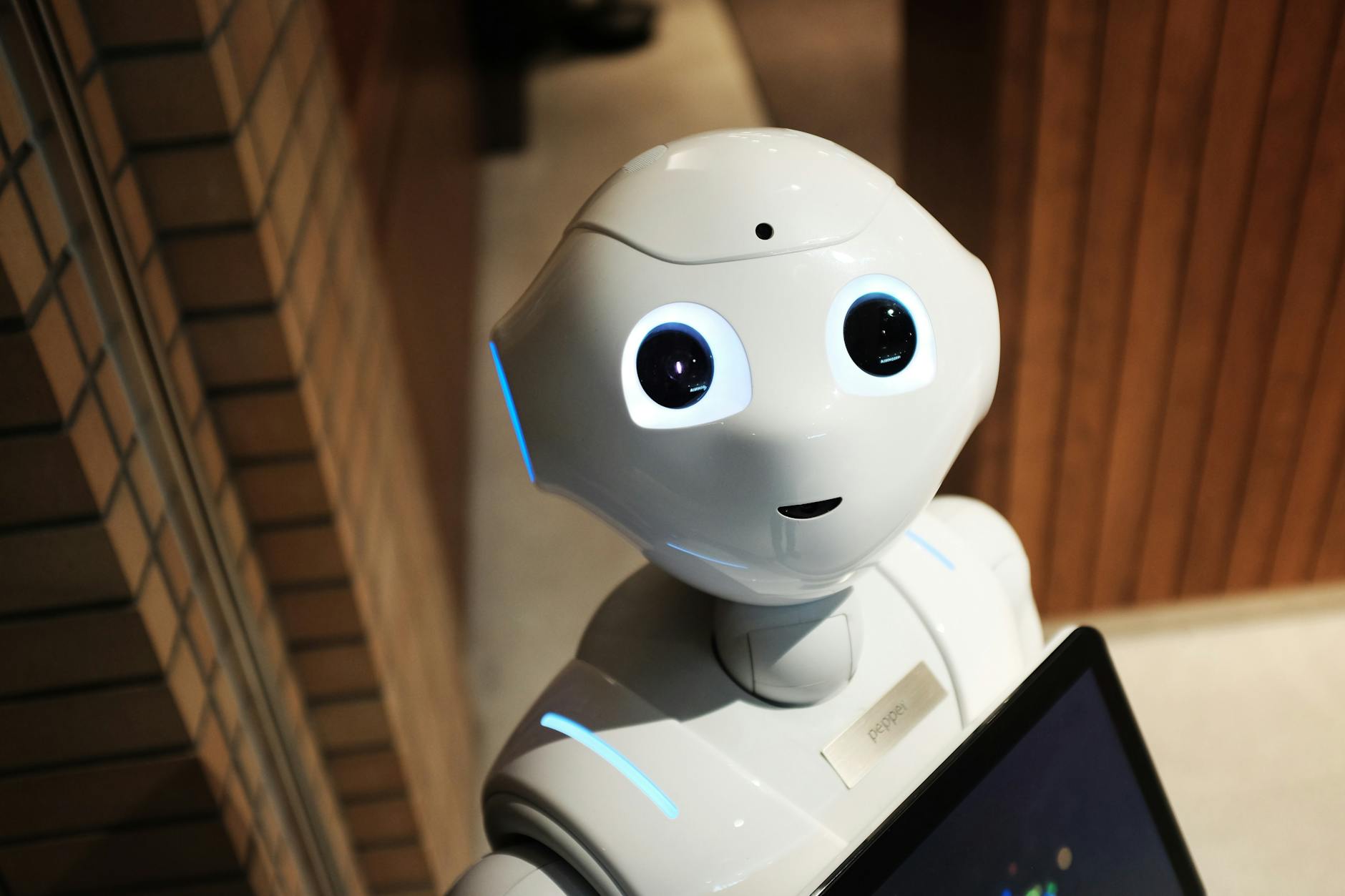When your brand’s biggest event of the year is approaching, creating a trade show RFP can feel like the safest path. Many exhibitors believe an RFP guarantees competitive pricing and better value. However, after decades of reviewing these documents, we’ve seen most fall short. To get stronger results, follow these best practices.

Start the RFP Process Early
Rushed timelines often produce weak proposals. If you wait until your show is only two months away, vendors won’t have time to develop thoughtful designs. Instead, start your trade show RFP 6–8 months before the event. Give vendors a few weeks to respond so you receive better designs, sharper pricing, and more complete proposals.
Define Clear Objectives Up Front
Every exhibitor has unique goals, from lead generation to product launches. Clearly outline your objectives and brand guidelines in the trade show RFP so vendors know what success looks like. Without this clarity, you risk designs that don’t align with your vision or meet stakeholder expectations.
Share an All-In Budget
Budget transparency is key to avoiding surprises. Many exhibitors assume their full spend goes to booth design, but costs like shipping, storage, installation, and dismantling must also be covered. In your trade show RFP, specify whether your budget includes these services so vendors can provide accurate quotes.
Compare Proposals Fairly
Not all proposals include the same details. Some vendors provide estimates that exclude key services, leading to hidden fees later. To compare apples to apples, ask every vendor whether their pricing covers shipping, labor, and show services. Consistent data points make it easier to evaluate proposals objectively.
Limit the Number of Vendors
Sending a RFP to dozens of vendors wastes time and lowers response quality. Instead, create a shortlist of no more than four qualified providers. This allows you to carefully evaluate each proposal while showing vendors that their efforts will be taken seriously.
A structured trade show RFP process can provide transparency, multiple design options, and stronger decision-making. But if it’s rushed or unclear, the results will disappoint. By starting early, setting clear goals, defining budgets, and narrowing your vendor pool, you’ll achieve better outcomes. As Absolute Exhibits has seen with clients worldwide, well-executed RFPs create stronger partnerships and more effective trade show displays.
Checklist: 5 Steps for a Better Trade Show RFP
- Start early – launch your trade show RFP 6–8 months before the event.
- Set clear objectives – define goals, brand story, and design requirements.
- Include an all-in budget – specify if costs cover shipping, labor, and storage.
- Compare fairly – request detailed breakdowns to evaluate apples to apples.
- Limit vendors – focus on 3–4 qualified providers for stronger proposals.



